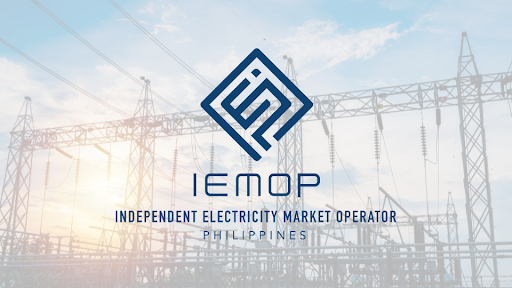Valencia: WESM Participation Expands, Driving RE Integration in PH Power Mix
- August 21, 2025
- 0

The Wholesale Electricity Spot Market (WESM) now handles 12.80 terawatt hour (TWh) or 19.4% of the customer’s total energy consumptio
At the 3rd Renewable Energy Conference on August 8, Engr. Arjon B. Valencia of IEMOP said the market has 482 participants, 243 of them generation companies. Around 420 are actively trading, including distribution utilities, electric cooperatives, and retail supplier serving contestable customers under Retail Competition and Open Access (RCOA).
Mindanao joined WESM in 2023, completing the nationwide rollout.
He said solar and wind have been steadily growing in the mix, supported by policies such as the Renewable Portfolio Standards (RPS), the Green Energy Auction Program (GEAP), and the Green Energy Option Program (GEOP), which lets customers with at least 100 kilowatts of demand source directly from renewable suppliers.
Valencia pointed out that average prices in the first half of 2025 were the lowest in five years at PHP 4.14 per kilowatt-hour. This
Renewables now account for 25.3% of registered capacity in Luzon, 47.8% in Visayas, and 29.1% in Mindanao but in terms of generated energy (MWH), Re is at 24% of the total energy mix. Retail aggregation has also pushed retail market share up from 22% to 24% this year, with more industries opting to switch suppliers.
Challenges remain, Valencia said, particularly the need for flexible generation, better forecasting, and more ancillary services. Transmission limits continue to drive price differences across regions but significant transmission developments since 2024 have eased down congestion resulting to more stable market prices.
Looking ahead, IEMOP plans to refine pricing systems, expand monitoring, and move toward real-time operations. A capacity market and other advanced mechanisms are also being prepared to improve renewable integration and ensure transparency in the trading system.
Follow Power Philippines on Facebook and LinkedIn or join our Viber community to stay up to date on the latest energy news.